Josef Albers and the modernist maestro’s musical influences
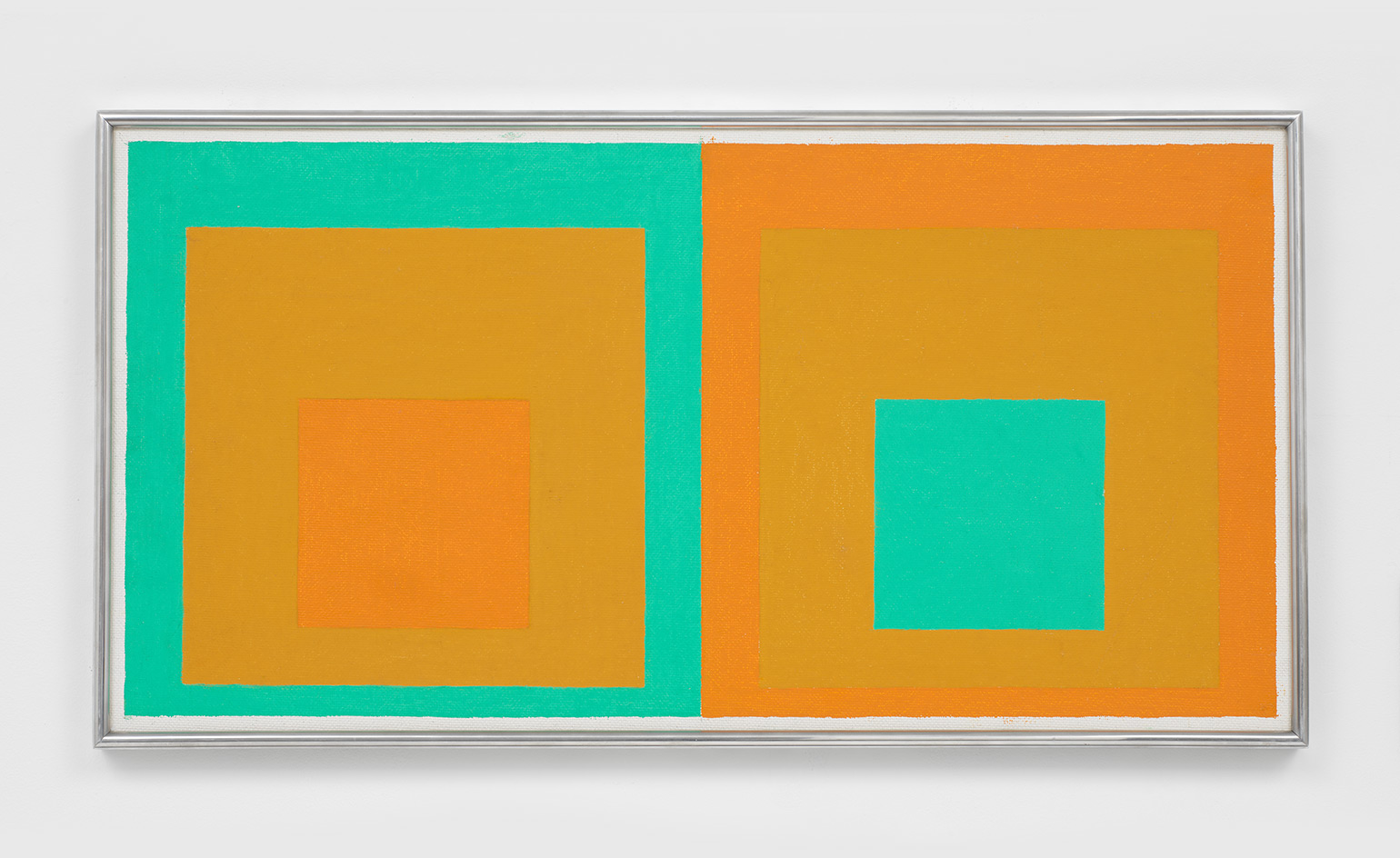
Painter, furniture designer, colour theorist, glassmaker, writer, educator: Josef Albers was a man for all seasons. More surprising still, he also had a knack for designing album covers. A new exhibition, ‘Sonic Albers’, opening at David Zwirner’s 537 West 20th Street gallery sheds light on the artist’s lesser-known relationship to music and sonic phenomena through paintings, drawings, glassworks and other ephemera from throughout his career.
Albers’ foray into album art came late in his life at 71 years old, nearly a decade after he began his seminal Homage to the Square series. Command Records was established in 1959 by Enoch Light, a classically trained violinist, band leader and sound engineer with an exceptionally sophisticated approach to stereo recordings (his penchant for lengthy technical descriptions similarly resulted in the creation of the gatefold sleeve). He enlisted Charles E Murphy as design director, who in turn tasked his former Yale professor – none other than Albers – with a handful of the label’s earliest jacket designs.
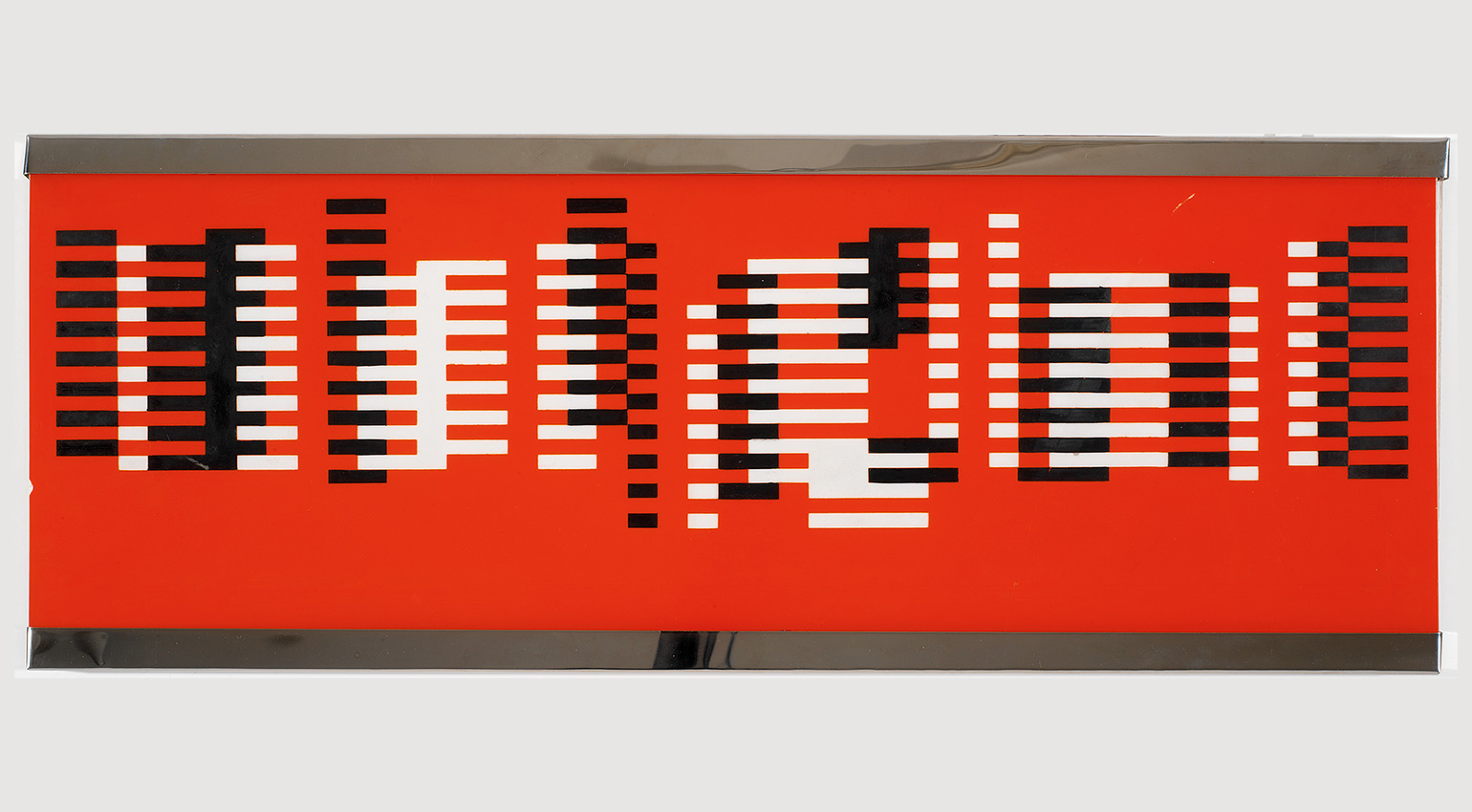
Fuge (Fugue), c 1926, by Josef Albers. © 2018 The Josef and Anni Albers Foundation / Artists Rights Society (ARS), New York.
Produced over three years between 1959 and 1961, Albers’ seven album sleeves for Command Records incorporated elements such as circles and grids of dots, highly uncommon in his practice. (These have only ever featured in the sandblasted glass door panels he designed for the Todd Theater in Chicago, and a series of Christmas and Happy New Year cards he produced with his wife Anni Albers for personal use – the latter of which are also on view at the New York exhibition). Albers echoed the avant-garde musical compositions with synaesthetic designs evocative of the tempos the percussion instruments featured on the track.
RELATED STORY
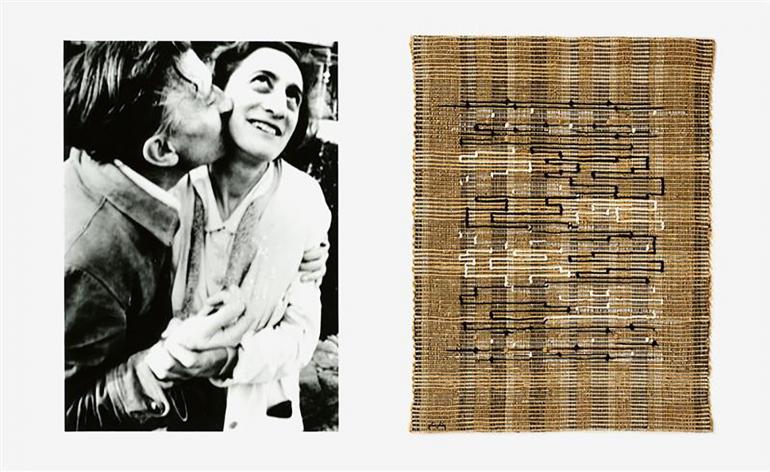
Music had underscored Albers’ work since his early days as an artist, from his expressionistic sketches of dancers and flute players in the 1910s to the rarely seen sandblasted glass pieces produced during his Bauhaus years in the 1920s and 1930s. His fascination with the rhythmic quality of lines and the interrelation between movement and the visual experience is palpable in works such as Klaviaturen (Keyboards) (1932) and his Treble Clef series (1932-1935). ‘Nobody expects that a composer, before composing his work, is going into the woods to listen to a roaring lion or a barking dog, or something nicer, a singing nightingale or blue jay,’ mused the artist in a 1935 paper on abstract art he presented at Asheville City Hall, North Carolina. ‘Everybody thinks that it is all right that he composes out of his imagination, his material, the tones. And it is all right that no nature at all has had influence upon his work. Why should we painters not have the same right to combine, like the musician, our medium – form, colours, proportions and so on?’ And Albers was, in his own right, a maestro of modernism.
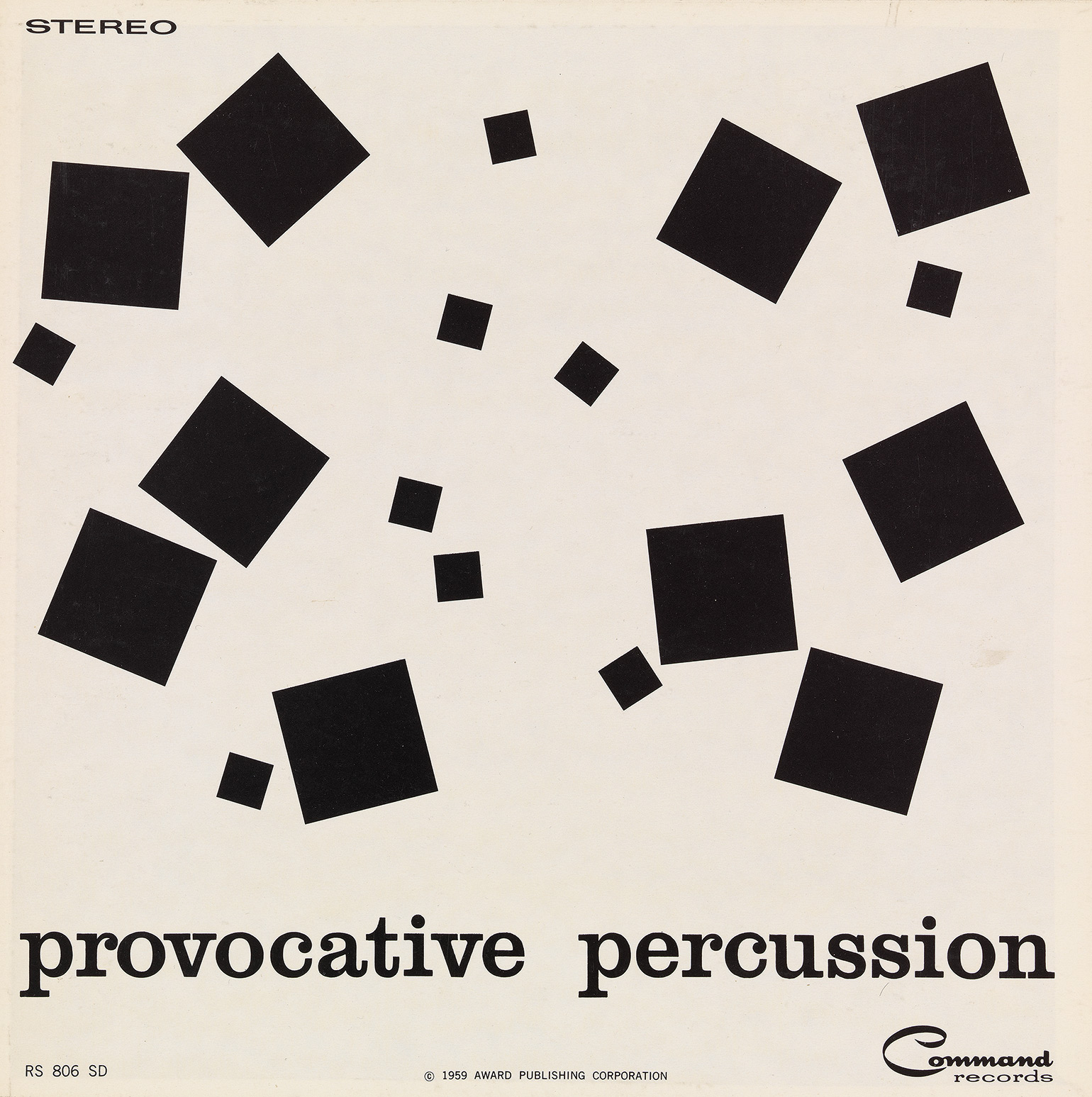
Provocative Percussion, 1959, by Josef Albers. © 2018 The Josef and Anni Albers Foundation / Artists Rights Society (ARS), New York
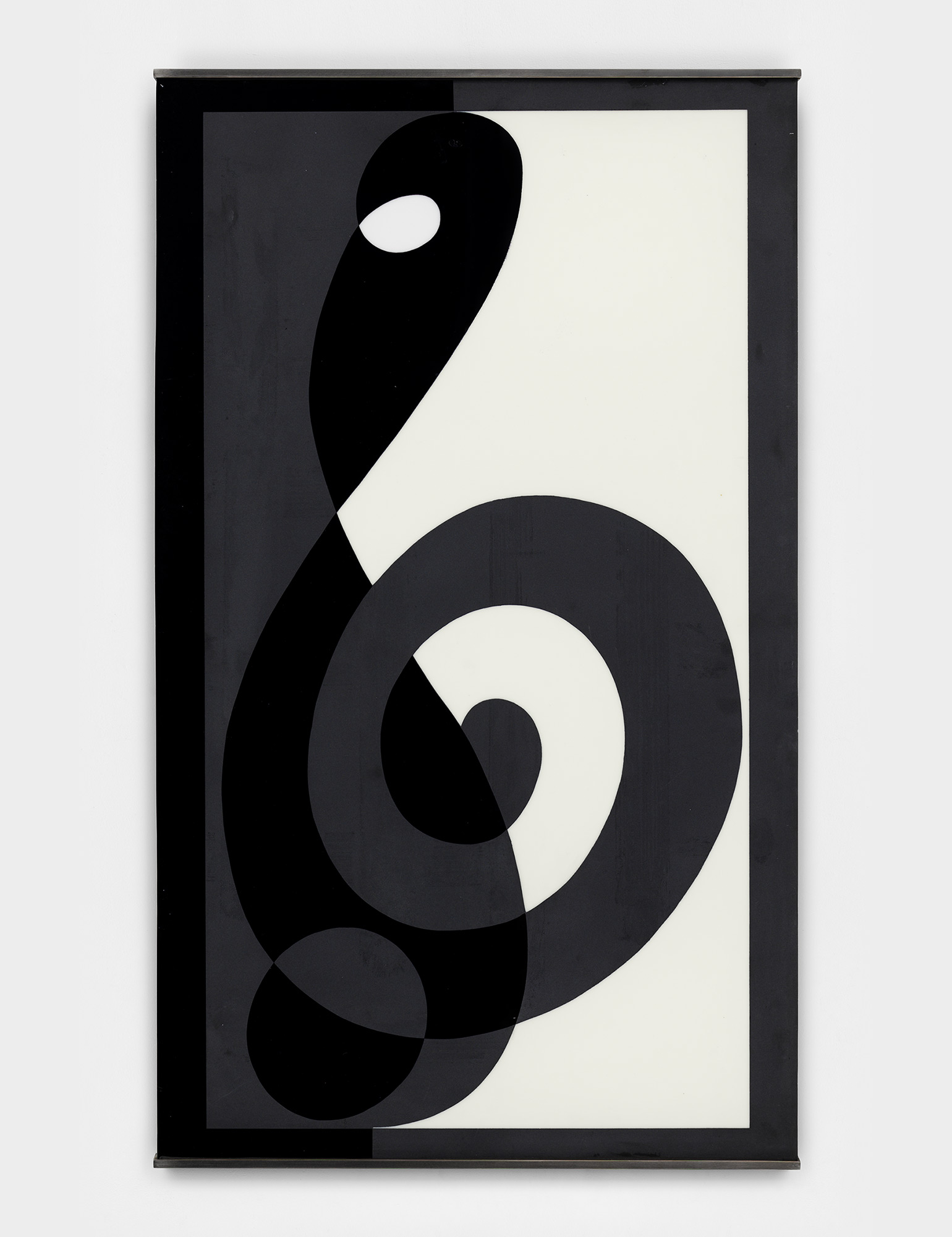
Treble Clef (G-Clef/Diskant VII), c 1932, by Josef Albers. © 2018 The Josef and Anni Albers Foundation / Artists Rights Society (ARS), New York

Installation view of ‘Josef Albers: Sonic Albers’ at David Zwirner, New York.
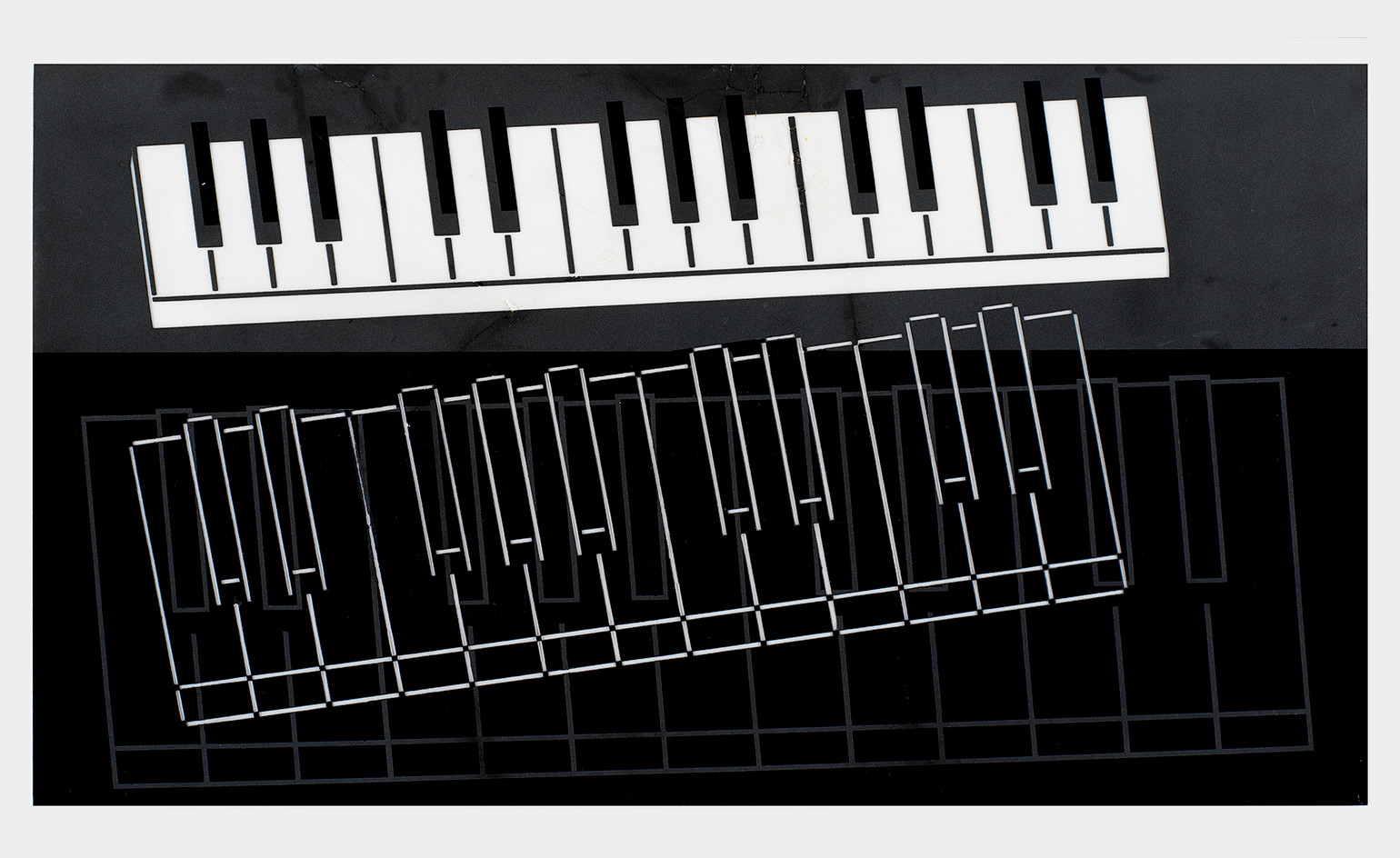
Klaviaturen (Keyboards), 1932, by Josef Albers. © 2018 The Josef and Anni Albers Foundation / Artists Rights Society (ARS), New York
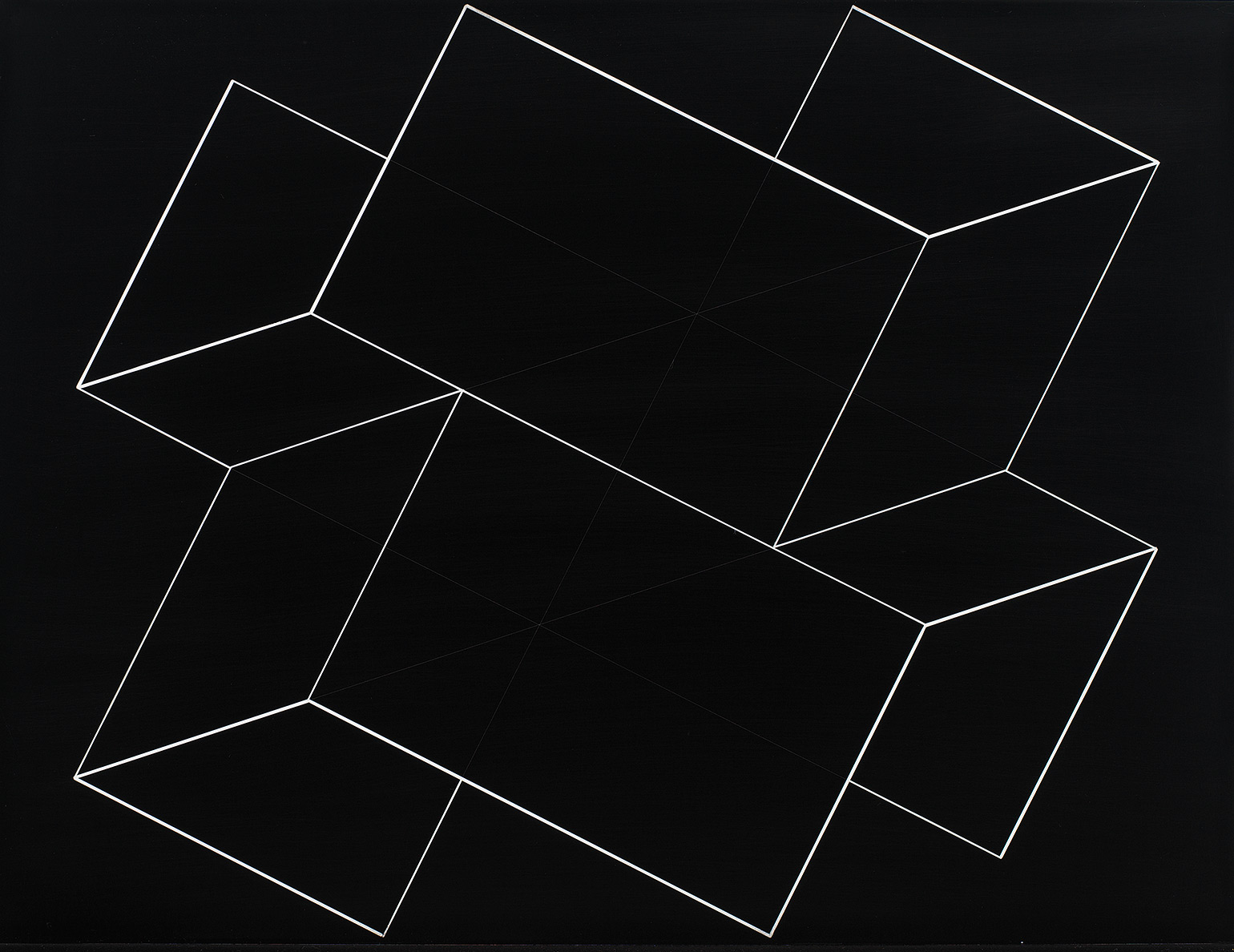
Structural Constellation, undated, by Josef Albers. © 2018 The Josef and Anni Albers Foundation / Artists Rights Society (ARS), New York
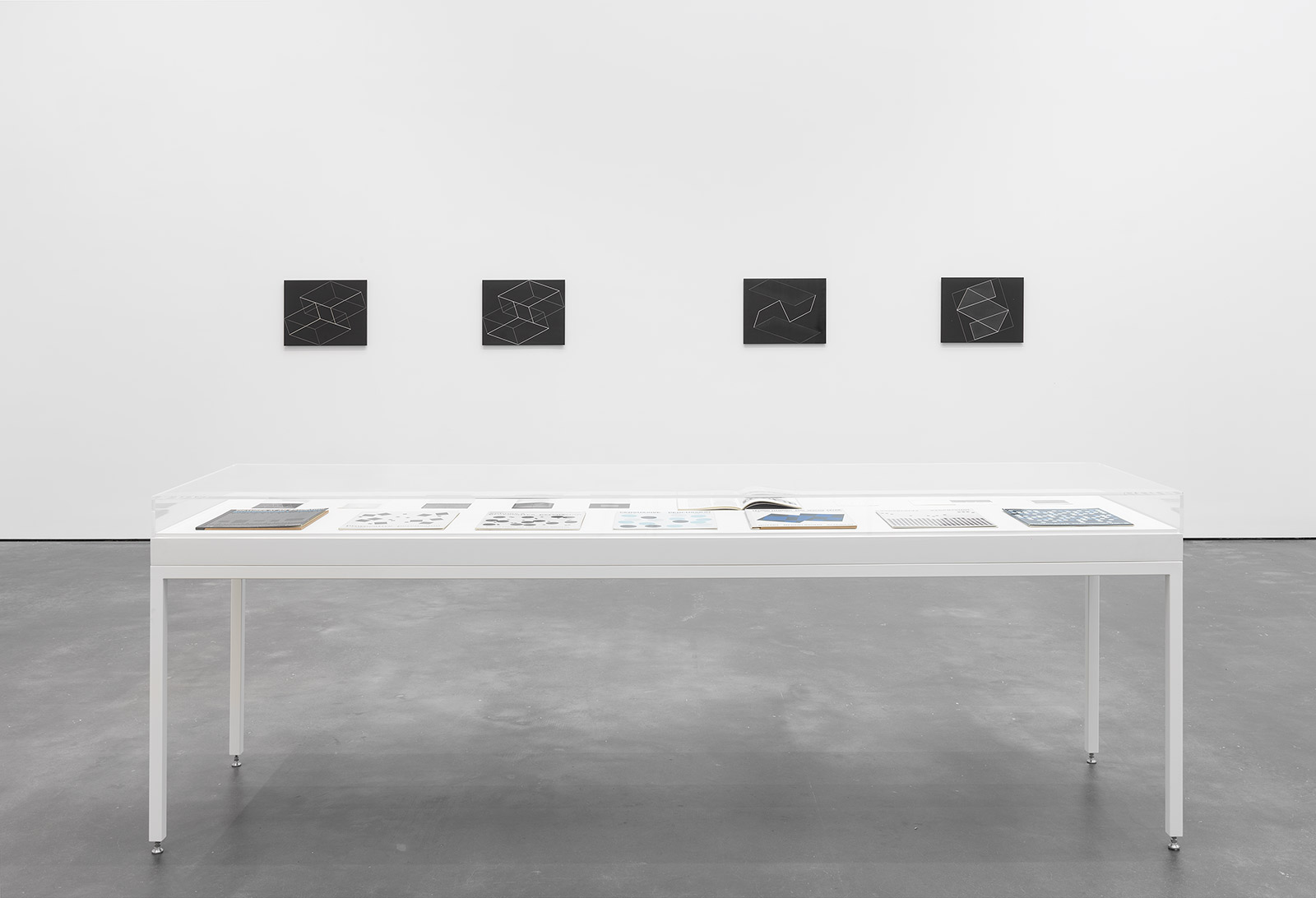
Installation view of ‘Josef Albers: Sonic Albers’ at David Zwirner, New York.

Installation view of ‘Josef Albers: Sonic Albers’ at David Zwirner, New York.

Study for Homage to the Square: Tender Start, 1959, by Josef Albers. © 2018 The Josef and Anni Albers Foundation / Artists Rights Society (ARS), New York
INFORMATION
‘Sonic Albers’ is on view 8 January – 16 February. For more information, visit the David Zwirner website and the Josef and Anni Albers Foundation website
ADDRESS
Receive our daily digest of inspiration, escapism and design stories from around the world direct to your inbox.
David Zwirner
537 West 20th Street
New York
-
 Europe’s auto industry regroups at the Brussels Motor Show: what’s new and notable for 2026
Europe’s auto industry regroups at the Brussels Motor Show: what’s new and notable for 20262026’s 102nd Brussels Motor Show played host to a number of new cars and concepts, catapulting this lesser-known expo into our sightlines
-
 Wallpaper* Best Use of Material 2026: Beit Bin Nouh, Saudi Arabia, by Shahira Fahmy
Wallpaper* Best Use of Material 2026: Beit Bin Nouh, Saudi Arabia, by Shahira FahmyBeit Bin Nouh by Shahira Fahmy is a captivating rebirth of a traditional mud brick home in AlUla, Saudi Arabia - which won it a place in our trio of Best Use of Material winners at the Wallpaper* Design Awards 2026
-
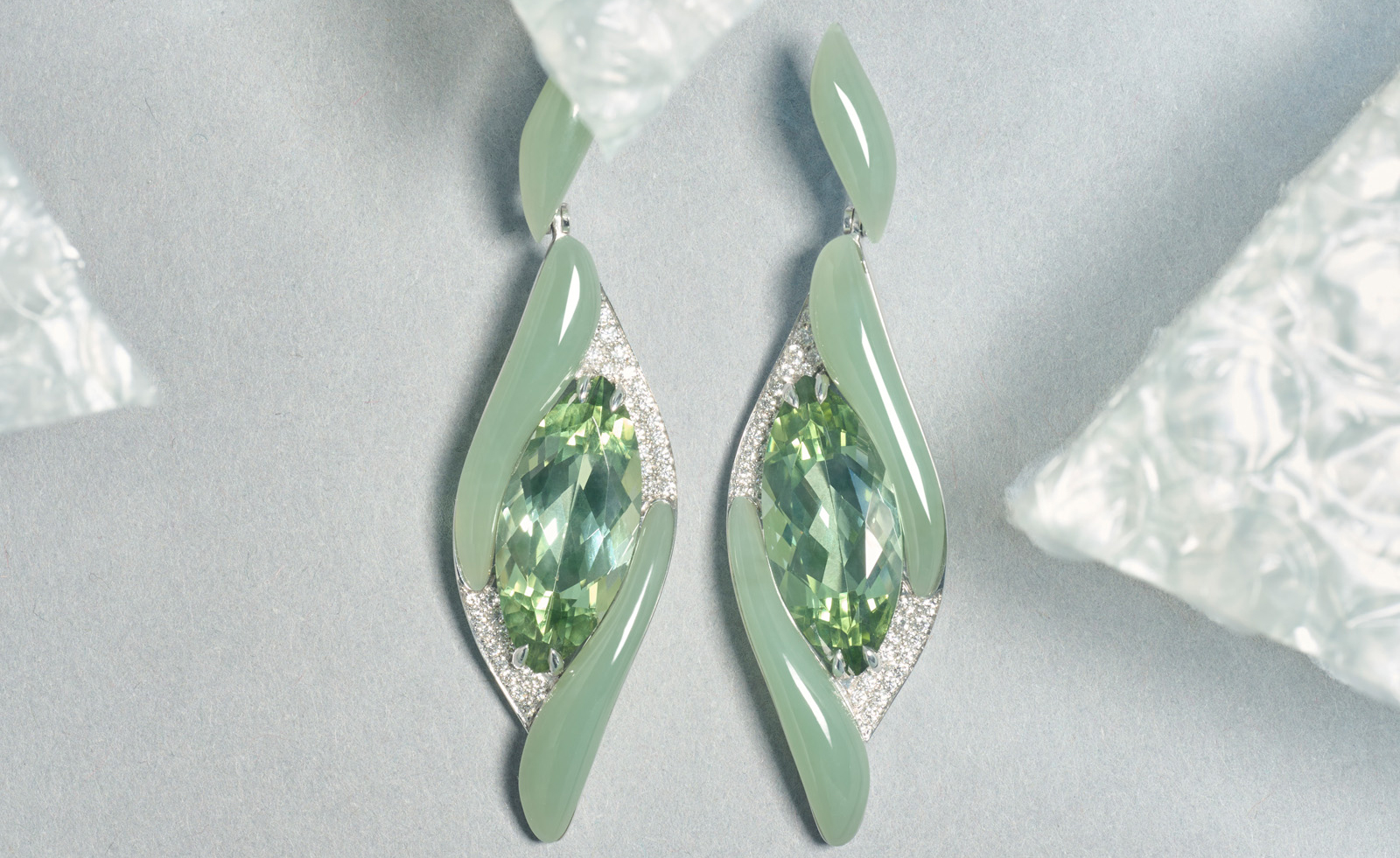 Wallpaper* Design Awards: Boghossian’s gem wizardry dazzles in high jewellery
Wallpaper* Design Awards: Boghossian’s gem wizardry dazzles in high jewelleryBoghossian's unique mix of craftsmanship and modern design is behind the edgy elegance of its jewellery – a worthy Wallpaper* Design Awards 2026 winner
-
 Out of office: The Wallpaper* editors’ picks of the week
Out of office: The Wallpaper* editors’ picks of the week'Tis the season for eating and drinking, and the Wallpaper* team embraced it wholeheartedly this week. Elsewhere: the best spot in Milan for clothing repairs and outdoor swimming in December
-
 Out of office: The Wallpaper* editors’ picks of the week
Out of office: The Wallpaper* editors’ picks of the weekIt’s wet, windy and wintry and, this week, the Wallpaper* team craved moments of escape. We found it in memories of the Mediterranean, flavours of Mexico, and immersions in the worlds of music and art
-
 Nadia Lee Cohen distils a distant American memory into an unflinching new photo book
Nadia Lee Cohen distils a distant American memory into an unflinching new photo book‘Holy Ohio’ documents the British photographer and filmmaker’s personal journey as she reconnects with distant family and her earliest American memories
-
 Out of office: The Wallpaper* editors’ picks of the week
Out of office: The Wallpaper* editors’ picks of the weekIt’s been a week of escapism: daydreams of Ghana sparked by lively local projects, glimpses of Tokyo on nostalgic film rolls, and a charming foray into the heart of Christmas as the festive season kicks off in earnest
-
 Ed Ruscha’s foray into chocolate is sweet, smart and very American
Ed Ruscha’s foray into chocolate is sweet, smart and very AmericanArt and chocolate combine deliciously in ‘Made in California’, a project from the artist with andSons Chocolatiers
-
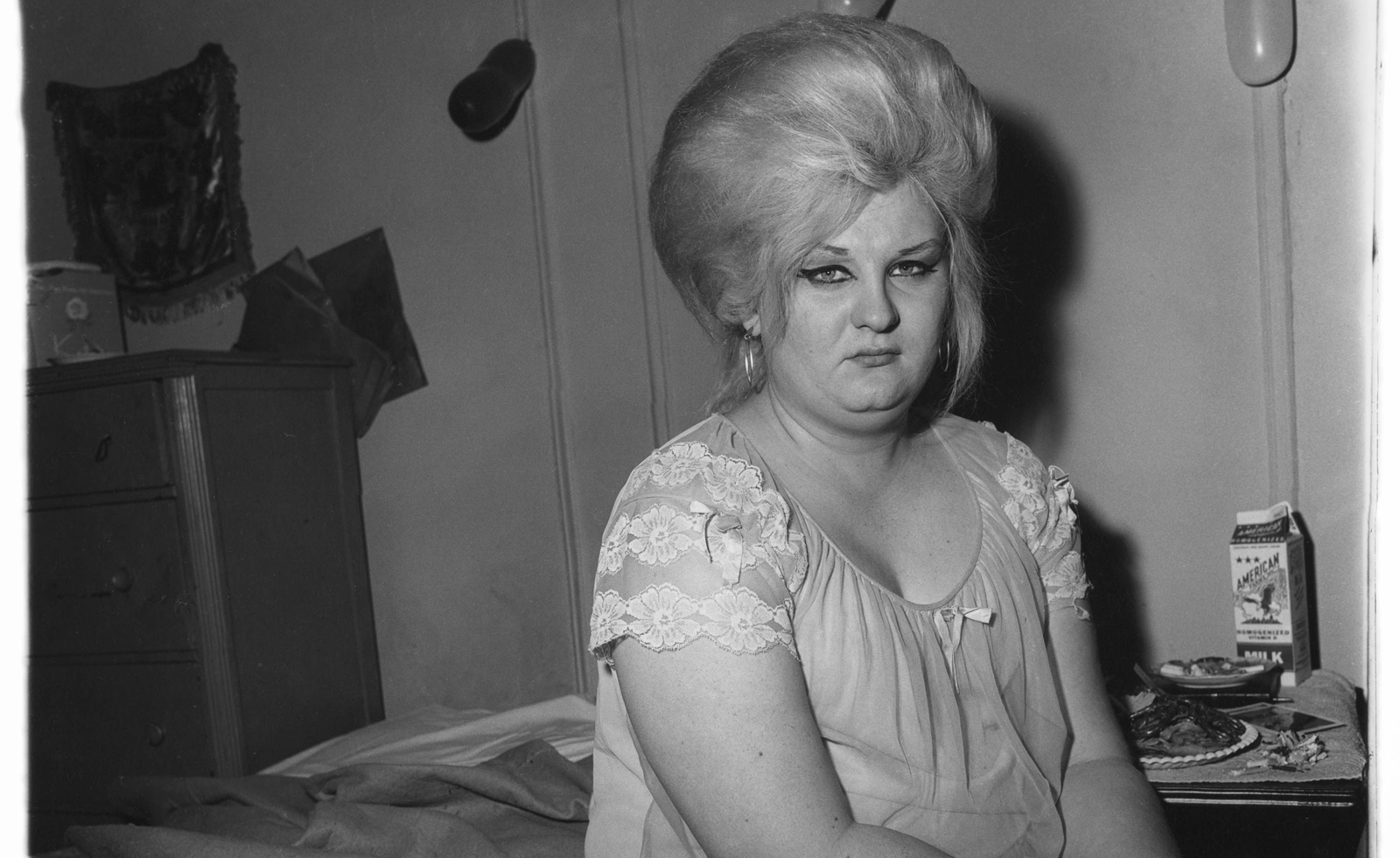 Diane Arbus at David Zwirner is an intimate and poignant tribute to her portraiture
Diane Arbus at David Zwirner is an intimate and poignant tribute to her portraitureIn 'Diane Arbus: Sanctum Sanctorum,' 45 works place Arbus' subjects in their private spaces. Hannah Silver visits the London exhibit.
-
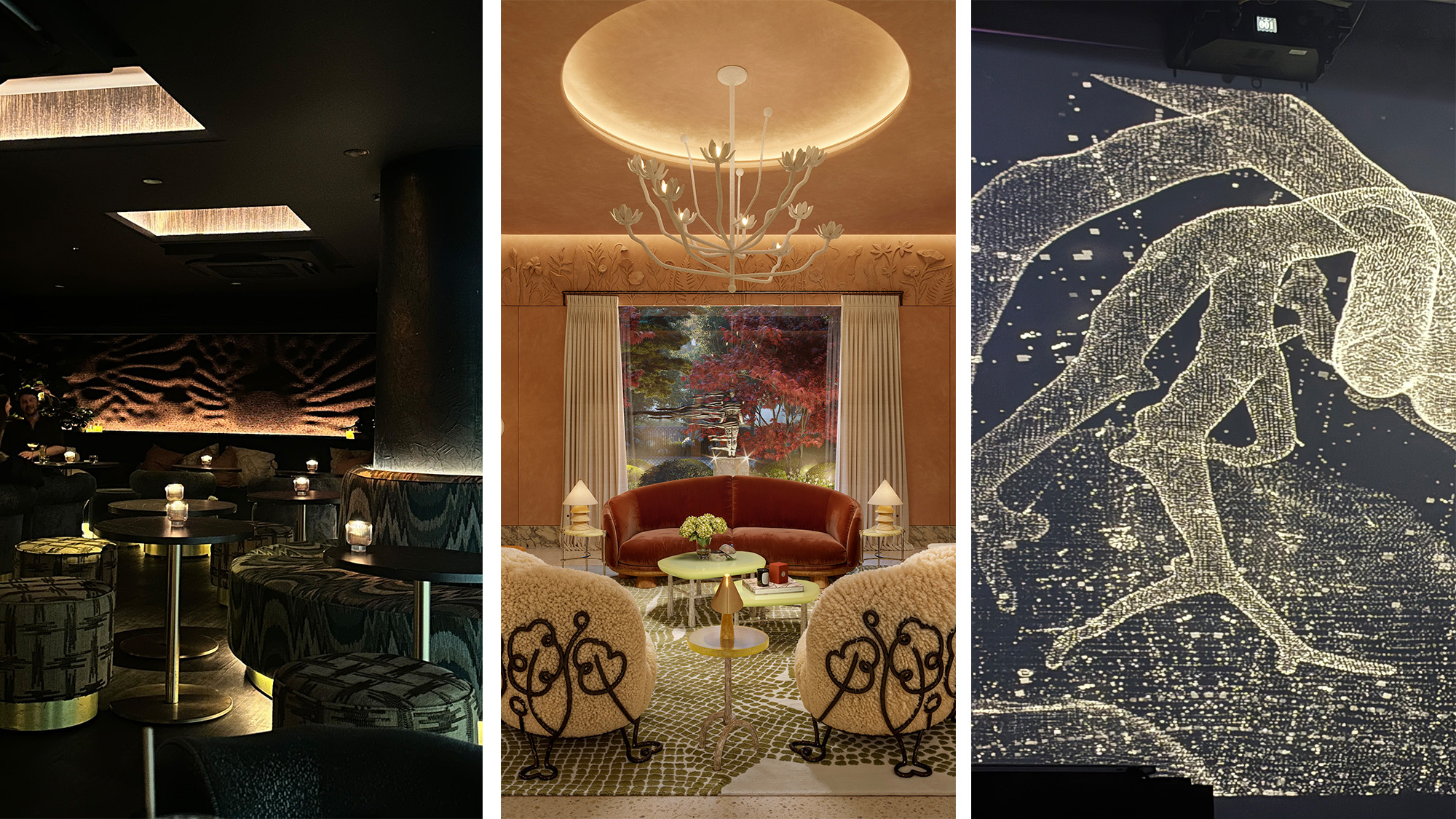 Out of office: The Wallpaper* editors’ picks of the week
Out of office: The Wallpaper* editors’ picks of the weekThe clocks have gone back in the UK and evenings are officially cloaked in darkness. Cue nights spent tucked away in London’s cosy corners – this week, the Wallpaper* team opted for a Latin-inspired listening bar, an underground arts space, and a brand new hotel in Shoreditch
-
 Inside the work of photographer Seydou Keïta, who captured portraits across West Africa
Inside the work of photographer Seydou Keïta, who captured portraits across West Africa‘Seydou Keïta: A Tactile Lens’, an exhibition at the Brooklyn Museum, New York, celebrates the 20th-century photographer